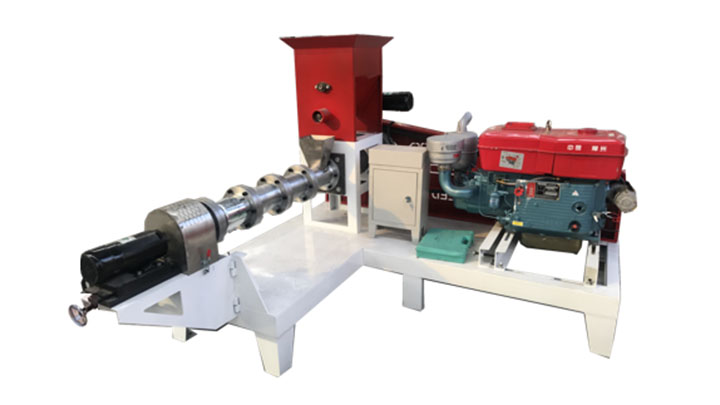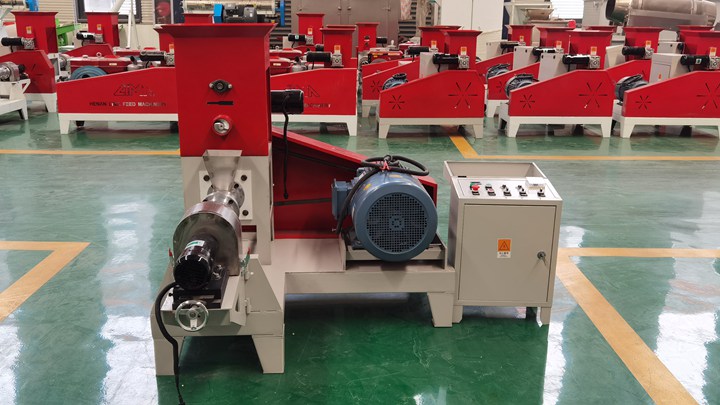
The yellow perch has a laterally compressed body with an oval, oblong shape. The anal fins are a green or yellow-orange, the dorsal fin is an olive color, and the belly is cream-colored. The vertical bands fade as they near the belly. Spawning intensifies the bands in males, and they can be nonexistent in juveniles.
The silver perch is a freshwater fish native in Australia. The yellow perch, differentiated from the “ocean perch” and the “rock perch,” is native in Lake Michigan and Lake Erie. Yellow perch has a white, flaky, mildly sweet meat. It can grow up to 10 inches in length and 16 oz. in weight.
.jpg)
(funded project 7) Description. The seventh Yellow Perch Funded Project. Chaired by Don Garling. Objectives: 1. Evaluate recirculating aquaculture technology to optimize yellow perch growth, performance (survival, health, feed conversion), and water quality considering such factors as feed management, water replacement, flow rates, and density.

Yellow perch eggs hatch roughly 12 days after fertilization but egg incubation time varies and is influenced by water temperature. After hatching, larval yellow perch utilize their yolk sac for nourishment (about seven days) prior to transitioning to a zooplankton diet. Survival rates of larval and juvenile yellow perch are generally low in the
.jpg)
Dec 01, 2000 · In 1986, prices for yellow perch fillets sold at the retail level were U.S. $8 to $17.50 per kg. In 1999, they rose to $19.84 to $33.07 per kg. A researcher developed a model for a 22,727-kg-per-year water-recirculating production system for yellow perch and calculated a “break-even” operating cost of U.S. $5.68 per kg for fish in the round.

Bell Aquaculture yesterday broke ground on its new corporate headquarters and a 27,000-square-foot indoor yellow perch processing facility in Redkey, Ind. Construction should be completed by year's end, and the complex will employ about 70 workers at full capacity.

Yellow perch occur throughout most of Ontario. They seem to be very adaptable, and are found in a wide variety of warm and cool water habitats including large lakes, ponds and rivers. They are most commonly found in the open water of lakes with moderately clear water and moderate weed growth. They seem to prefer water temperatures near 70 °F
Yellow perch are aggressive eaters and can be caught near the bottom with worms, minnows or small lures. Yellow perch are prized by anglers for their excellent tasting fillets. Most yellow perch caught by anglers will be from 4 to 12 inches. Large yellow perch over 12 inches are coveted by anglers and are often known as jumbos.

Goals / Objectives The yellow perch (Perca flavescens) is an important social and economic species in the Great Lakes; however, populations have plummeted. Given strong consumer demand and high (historically) fillet value ($10.00/lb.- $15.00/lb retail), there is an urgent need to develop a sustainable yellow perch aquaculture industry that can deliver a high-quality cultivar year-round.

Young yellow perch feed on phytoplankton, zooplankton as well as insects that swim within the water. As a yellow perch matures it will feed on larger prey. A good bait to attract both young and mature yellow perch is a mealworm, which is the young larva of a beetle. A successful method to catch yellow perch is to use a small floater, and

Growth rates and maximum sizes of the Yellow Perch vary from year-to-year and lake-to-lake, depending primarily on food availability. Average length in Iowa natural lakes for perch from age 1 through age 7 is 2.7, 5.6, 7.7, 8.9, 9.8, 10.5 and 10.6-inches. The world record Yellow Perch has been a difficult record to top.

Jan 06, 2020 · Predominantly piscivores and cannibals. Young fish feed on zooplankton shifting to macro-invertebrates including midges and mosquitoes. While, adult Yellow Perch feed on invertebrates, fish eggs, crayfish, mysid shrimp and juvenile fish. Generally, feeding just before dark consuming up to 1.4% of their body weight.
.jpg)
Yellow perch is one of the species of perch that is a native of Lake Erie and Lake Michigan. It has a white, flaky and sweet meat that can grow up to 16 oz. in weight and 10 inches long. Perch farming that uses pond culture method is the most convenient way to raise yellow perch. In this way, both male and female perch are placed in the ponds
.jpg)
NCRAC Fact Sheet Series No. 111 – Costs for Pond Production of Yellow Perch in the North Central Region, 1994-95. Comparison of Two Spawning Methods for the Production of Feed-Trained Yellow Perch Fingerlings and First Year Grow-out. Evaluation of Off-Season Spawning Techniques and Larval Diet Supplementation of Yellow Perch (Perca Flavescens)

Temperature for yellow perch. The best temperature for keeping yellow perch happy in your aquaponics system is between 65°F and 80°F. The optimal range is between 68° and 78°, although you’ll need to keep the temperature closer to 70°F if you’re hoping to breed as well as growing plants.